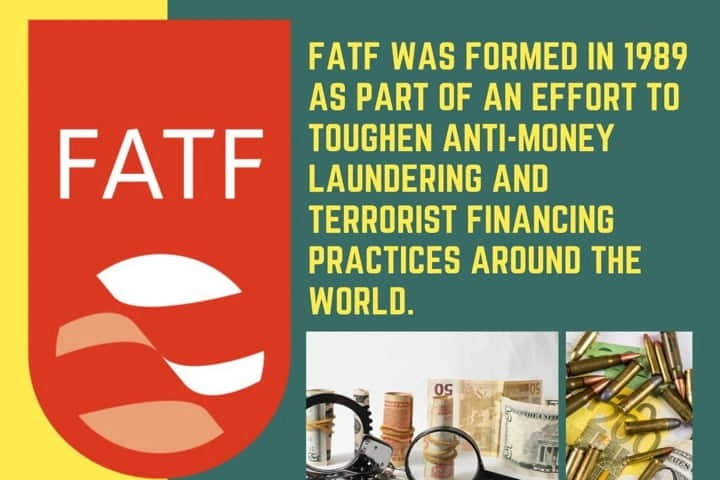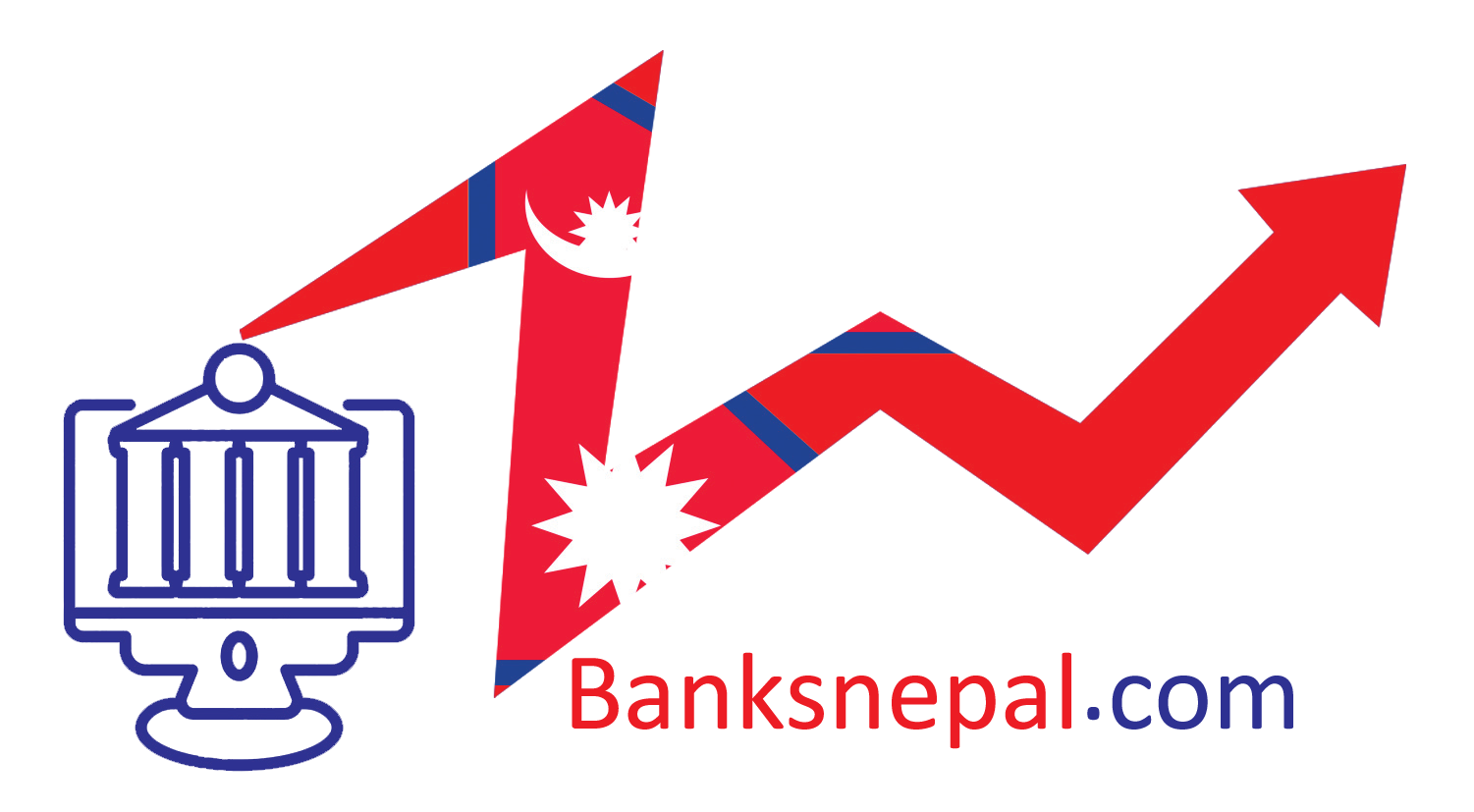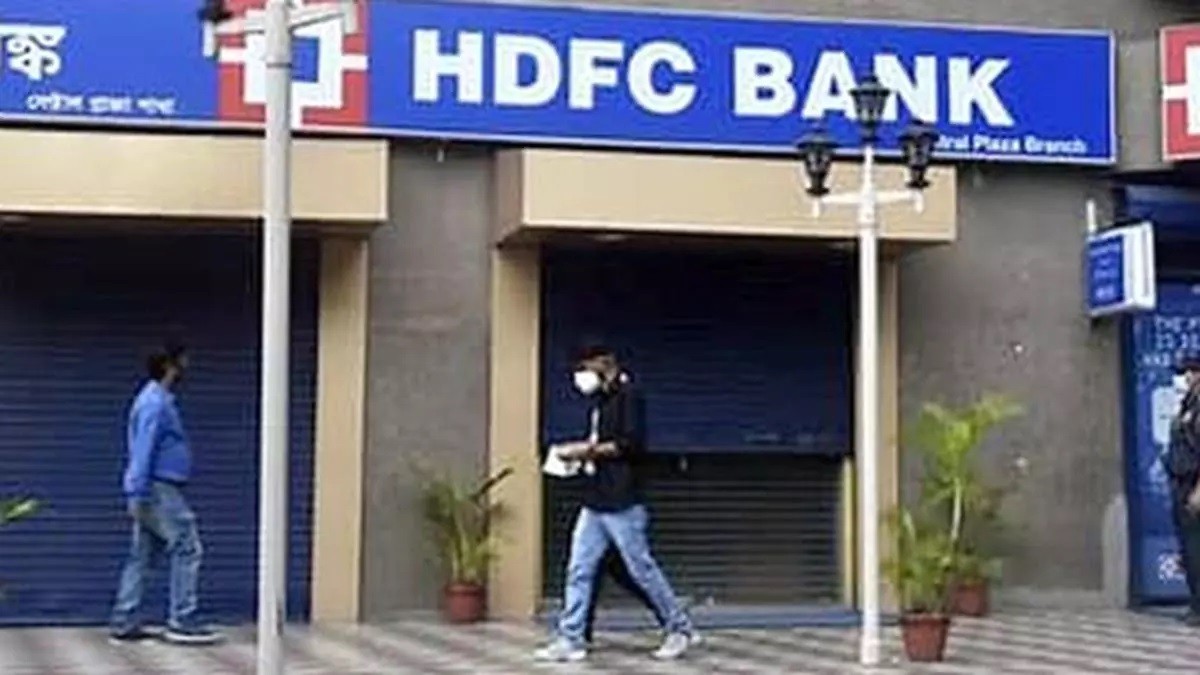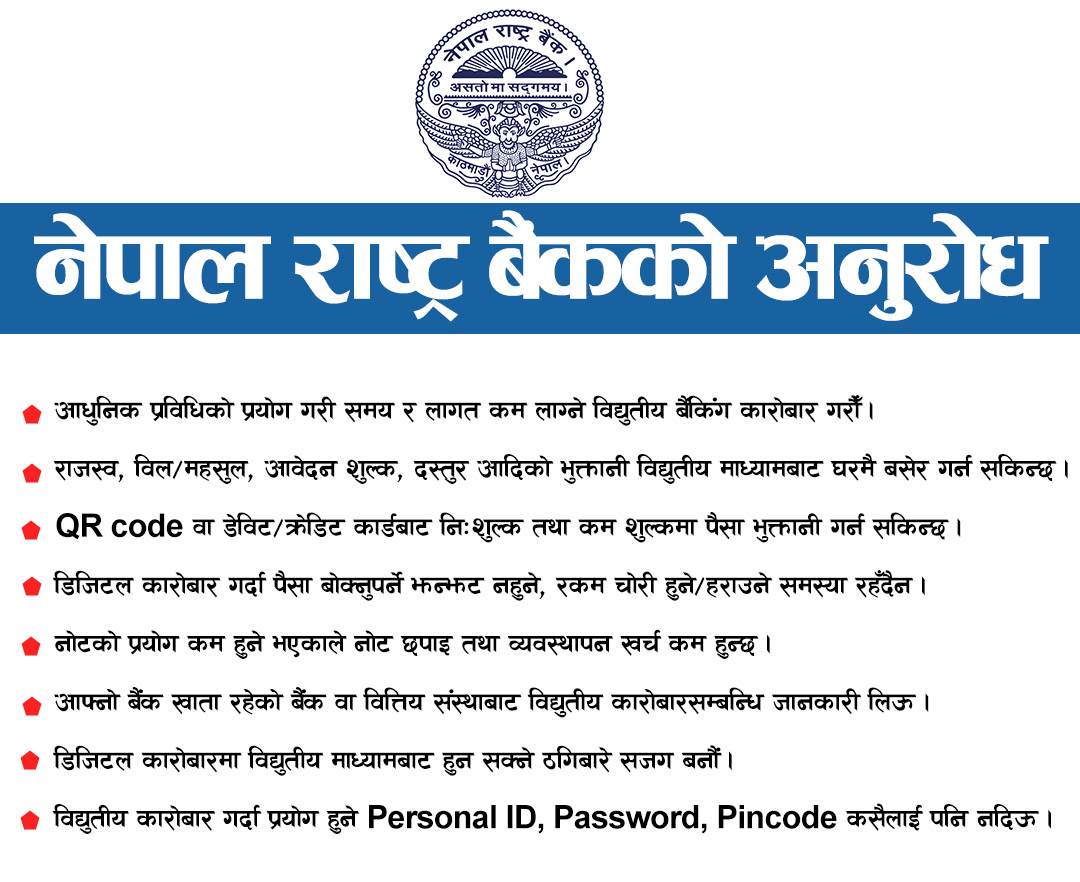
Kathmandu. The Financial Action Task Force (FATF) is an independent inter-governmental body that develops and promotes policies to protect the global financial system against money laundering, terrorist financing and the financing of proliferation of weapons of mass destruction. The FATF Recommendations are recognized as the global anti-money laundering (AML) and counter-terrorist financing (CFT) standard. For more information about the FATF, please visit www.fatf-gafi.org This document and/or any map included herein are without prejudice to the status of or sovereignty over any territory, to the delimitation of international frontiers and boundaries and to the name of any territory, city or area.
The goal of the Egmont Group of Financial Intelligence Units (Egmont Group) is to provide a forum for financial intelligence units (FIUs) around the world to improve co-operation in the fight against money laundering and the financing of terrorism and to foster the implementation of domestic programs in this field.
Trade-Based Money Laundering: Risk Indicators : The risk indicators provided below are derived from a sampling of the data received by the FATF and the Egmont Group of FIUs in the course of the Trade-Based Money Laundering (TBML) project. The risk indicators are designed to enhance the ability of public and private entities to identify suspicious activity associated with this form of money laundering. By no means is this a conclusive list. While several indicators identified may not appear to have a direct or exclusive connection with TBML, and may be indicative of other forms of money laundering or another illicit activity, they may nevertheless be relevant when trying to identify TBML. Before using the risk indicators, readers are encouraged to read the handling notes below and the 2020 FATF/Egmont TBML report, which provides a comprehensive overview of current TBML risks and outlines a number of best practices in mitigating these risks.
Audience and how risk indicators can be used : A risk indicator demonstrates or suggests the likelihood of the occurrence of unusual or suspicious activity. The existence of a single indicator in relation to a customer or transaction may not alone warrant suspicion of TBML, nor will the indicator necessarily provide a clear indication of such activity, but it could prompt further monitoring and examination, as appropriate. Similarly, the occurrence of several indicators could also warrant closer examination. Whether one or more of the indicators suggests TBML is also dependent on the business lines, products or services that an institution offers; how it interacts with its customers; and on the institution's human and technological resources.
The indicators listed below are relevant to both the public and private sectors. With respect to the latter, the indicators are relevant to financial institutions, including banks and money value transfer services; designated non-financial businesses and professions; and small and mid-size businesses and large conglomerates. Within the private sector, these indicators are intended to be used by personnel responsible for compliance, transaction monitoring, investigative analysis, client onboarding and relationship management, and other areas that work to prevent financial crime. Some of the risk indicators require the cross-comparison of various data elements (e.g. financial transactions, customs data, and open market prices) often held in external sources.
Due to this reliance on external data, the private sector will not observe all of the indicators identified below. For some of the risk indicators, the private sector will need additional contextual information from competent authorities, e.g. via engagement with law enforcement authorities or financial intelligence units. In using these indicators, private sector entities should also take into consideration the totality of the customer profile, including information obtained from the customer during the due diligence process, trade financing methods involved in the transactions, and other relevant contextual risk factors.







